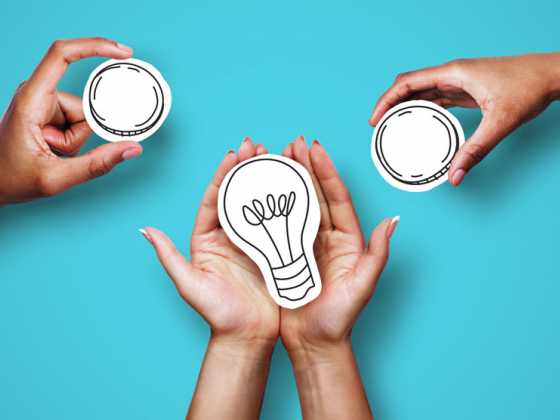A chat about Nissan’s electric ambitions

As well as making electric vehicles, Nissan is looking beyond manufacturing to take on all aspects of EV ownership, including charging, energy storage, and ways EV owners can make money from their vehicles. Angela Pisanu catches up with Nissan’s EV manager Karl Anders and fleet director Iker Lazzari
The recent Nissan Futures event in Norway laid out the company’s electric aims, which not only include the range-improved Leaf and e-NV200 van, but an involvement in all aspects of EV ownership. This includes public, home and work charging, and innovative ways EV owners can help smooth out peaks and lows of the demand on the grid.
Explaining the company’s holistic approach, Nissan’s EV manager, Karl Anders told GreenFleet: “We are a car company but in the last few months I have learnt about voltage management, grid response and demand, and how the market works. We have to take into consideration the big picture because we don’t want EVs to be a barrier or a drain on the grid.”
The grid
There has been a lot of noise about how the national grid would be able to cope if everyone charged their vehicles during peak times, mainly in the early evening when people return from work.
Nissan’s bi-directional charging, or vehicle‑to-grid (V2G) charging, can mitigate this problem. It allows users to draw energy from the grid to charge their cars at different times, such as at night when demand is low and cost is cheap, and give energy back to the grid at peak times when it needs a boost.
Nissan’s energy storage system xStorage, which was developed with Eaton, can also store energy when it’s at its cheapest, or store surplus energy from the house’s renewables. It then controls how and when that energy is put to use – whether it powers the house or goes back to the grid, saving the household money and helping to stabilise the national energy system.
What’s more, xStorage is made from a second-hand vehicle battery, giving used-batteries another purpose. Karl explains: “People talk about EVs and their impact on the grid, but the grid isn’t flat; it changes over the different months and has different peaks in the day.”
“We are using the vehicles and battery storage so when it is peak times, the battery can feed into the grid and when it is not peak times, it can pull from it.”
“The charger can communicate with the grid and the vehicle and will be able to put all those decisions together and be able to balance it. That way, the peak gets spread across a much longer period.
“For example, you could programme the system so that you come home and run your house on your vehicle for a few hours, then the vehicle would charge at an off peak time and be ready for when you need it in the morning.”
Fleet benefits
Vehicle-to-grid charging could also work well in a fleet situation where parked-up electric vehicles are plugged-in and are feeding into the grid. Karl explains: “Vehicles only use their battery for transport for a very short part of the day. The rest of the time you have got a vehicle and a battery that can be connected to the grid and used for something else.”
In theory, this means once a nominal charge has been paid by the business for the installation of a V2G charger there are no fuel or energy costs – just free power for the EV.
xStorage can also be used in commercial buildings. The system works in the same way as the home storage system, selecting and storing energy according to the load, the grid constraints and the availability of renewable energy. The stored energy can then be used to power the business or to send energy back to the grid.
Fast charging
In 2018, Nissan’s new faster home and office chargers will become available. The double speed 7kW home charger allows EV owners to fully charge in five and a half hours – a 70 per cent reduction in charging time from the previous charging technology.
What’s more, a 22kW charger will be available for fleet and business owners where EVs can be charged in just two hours.
In terms of the public charging network, Nissan has announced it will expand it existing outdoor charging network by 20 per cent over the next 18 months, meaning there will be over 5,600 quick chargers throughout Europe.
Enhanced vehicles
The new Nissan Leaf will be available in January 2018 and has a longer range of 235 miles, as well as technological advancements such as ProPILOT – an advanced driver assistance system to enable safer and more comfortable driving and ProPILOT Park for fully autonomous parking. It also has e-Pedal technology to allow for driving and braking in a seamless way.
The e-NV200 electric van has also had its range improved by 60 per cent, taking it to 174 miles without the battery taking up extra load space or payload.
The end of ICE
Has Nissan seen an increase in interest in electric vehicles since the government’s announcement to stop the sale of new ICE petrol and diesel vehicles by 2040? Karl believes so: “We have had a huge increase in fleets approaching us asking us for information because of our experience with electric vehicles.”
Nissan’s fleet director Iker Lazzari added: “The announcement has made people that weren’t previously thinking about electric vehicles to show an interest and we are keen to work with them to develop solutions for them.”






